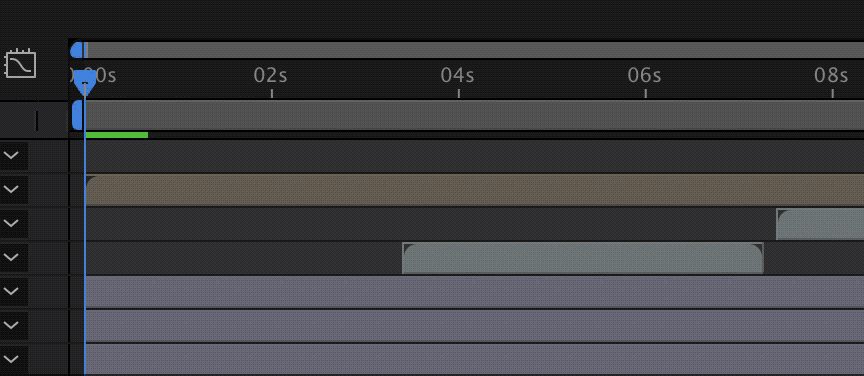

If the same page is visited during a single browser session the cached files will be used. When the browser is closed and then reopened on repeat visits, it will use the lifetime settings of the cached content. Automatically/When the page is out of date If a page is visited during the same browser session, the cached files will be used instead of downloading content from the web server of origin. When browser is closed and then reopened, a request will be sent to check whether the content has changed. If a page is revisited within the same browser session the content will be delivered from the cache. Every time I start the browser/Once Per Session When a user returns to a page that was previously visited, the browser checks with the origin web server to determine whether the page has changed since last viewed. Internet Explorer and Firefox classify these slightly different. The user can configure how they want cached content to be stored and delivered from their local cache, or whether they want the content cached at all.

If a representation is stale or does not have a valid expiration date, the browser will ask the web server of origin to validate the content to confirm that the copy it has can be served.

The browser settings as explained below.A valid expiration time that is still within the fresh period.If an item is considered cacheable, the browser will retrieve the item from cache on repeat visits if it is considered "fresh." Freshness is determined by: A validator such as an ETag or Last-Modified header must be present in the response.If the headers indicate that content should not be cached then it won't be. The response headers returned from the origin web server.The cache-ability of an item on the browser is determined by:

Efficiently using the browser cache can improve end user response times and reduce bandwidth utilization. When a user visits a web page, the contents of that page can be stored in the browser's cache so it doesn't need to be re-requested and re-downloaded.


 0 kommentar(er)
0 kommentar(er)
